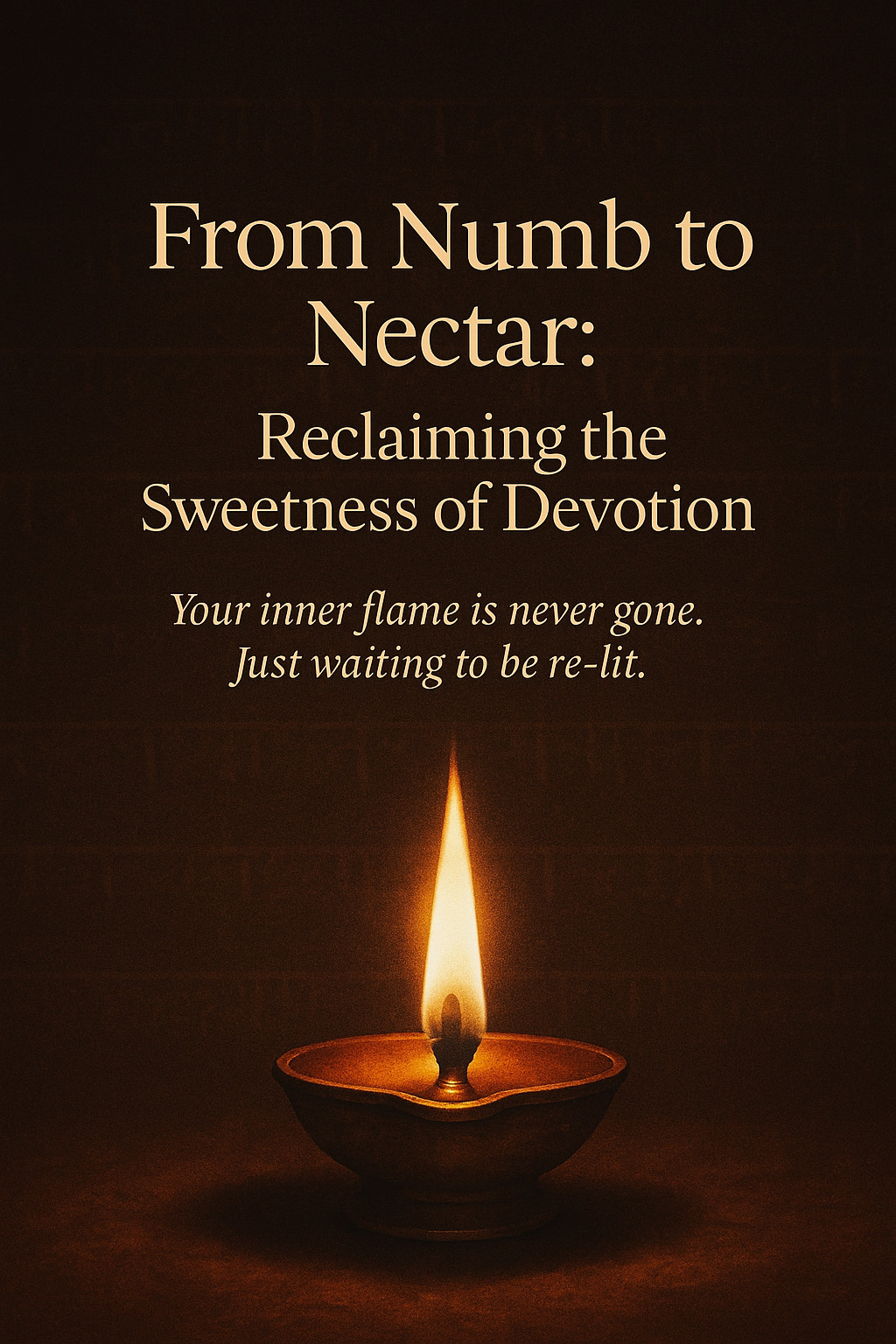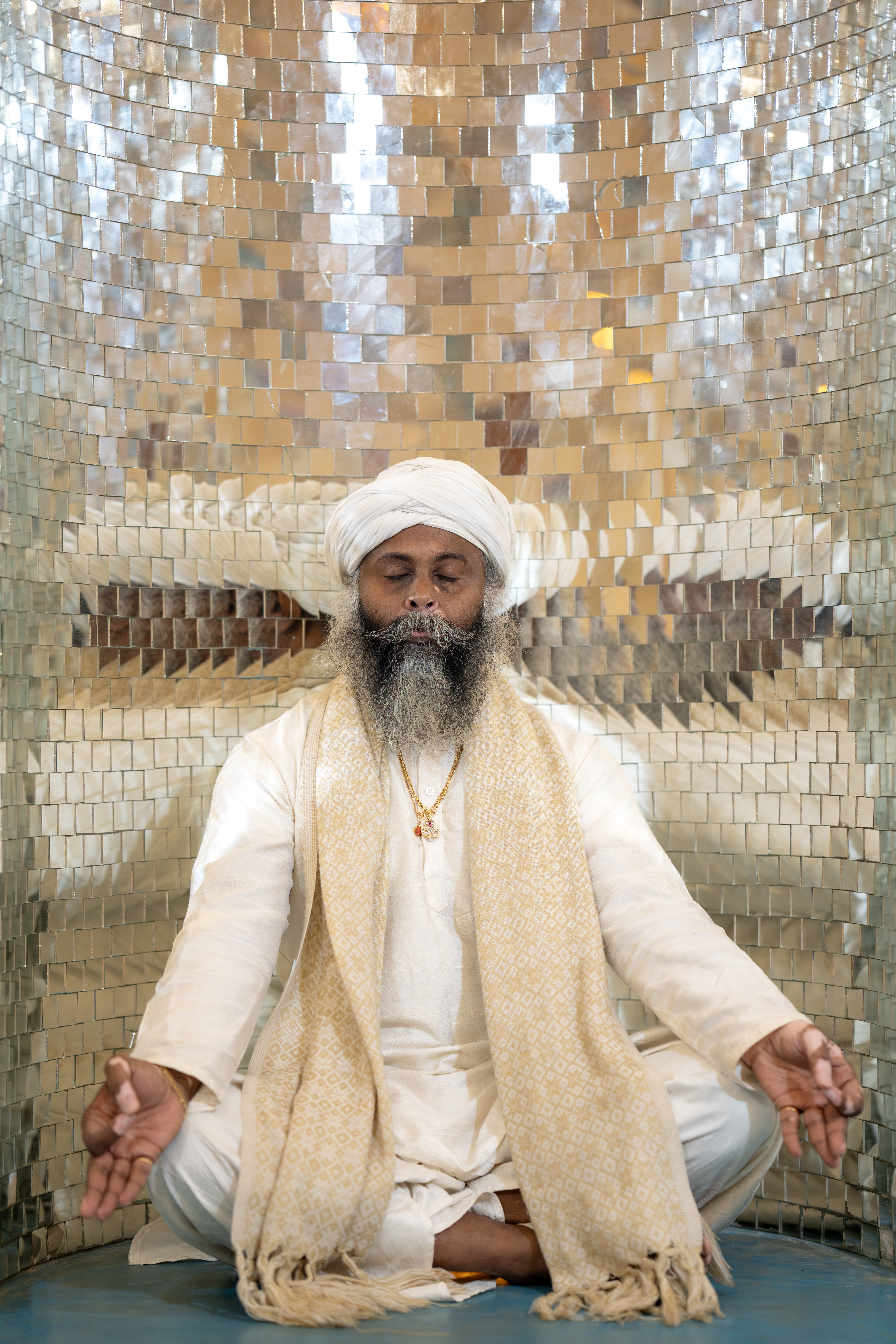Love is not a fixed state. It isn’t always fiery or soft, passionate or peaceful. It doesn’t rise in a straight line, nor does it remain untouched by time or circumstance. And yet, most of us walk into love expecting just that—a steady, unchanging feeling, a permanence that can never truly exist.
We want to be loved the same way, every day. We crave predictability. We want to know that our partner will always feel the same. That they’ll never doubt, never change, never drift.
But love, real love, doesn’t work that way.
“When you love someone, you do not love them all the time, in exactly the same way, from moment to moment. It is an impossibility. It is even a lie to pretend to.”
These words, often attributed to Anne Morrow Lindbergh, hold a deep and unsettling truth: love ebbs and flows, just like the tides. It has seasons. It breathes. It shifts and evolves. And while this truth may feel destabilizing at first, it is actually the foundation of a deeper, truer kind of love—one based not on possession or permanence, but on presence and acceptance.
The Illusion of Constancy
Most of us are raised on fairy tales and romantic fantasies that promote the idea of eternal, unwavering love. We idealize constancy. We fear change. We interpret any dip in intensity or affection as a sign that something is wrong.
When the high fades, we panic. When a partner pulls away to tend to their own inner world, we worry they’re slipping through our fingers. We begin to demand assurance: “Do you still love me?” “Why aren’t you the same?” “What happened to the way it used to be?”
We cling. We resist the ebb of the tide, fearing it will never return.
But what if love was never meant to be grasped so tightly?
Growth, Fluidity, and Freedom
Love, like life, is a living force. It grows. It contracts and expands. It moves through phases—some passionate, some peaceful, some turbulent, some quiet. To expect it to remain unchanged is to deny its very nature.
“The only continuity possible, in life as in love, is in growth, in fluidity — in freedom.”
When we release the expectation that love must always feel the same, we give it room to breathe. We begin to honor the rhythm of connection—moments of deep closeness and times of distance, not as failures or problems, but as natural waves in a shared ocean.
Partners, then, become like dancers—meeting, moving apart, meeting again. Each step part of a sacred pattern.
Love as an Island
To truly love someone is to see them as they are, in this moment. Not as they were, not as you wish them to be. But here. Now.
“Security in a relationship lies neither in looking back to what was in nostalgia, nor forward to what it might be in dread or anticipation, but living in the present relationship and accepting it as it is now.”
This means letting go of our grip on permanence. It means being okay when love feels more like a quiet presence than a grand passion. It means allowing space for individuality and evolution.
Like islands in the sea, we must accept that there will be tides. That sometimes, we are together in intense union. And other times, we are apart—physically, emotionally, energetically. Not because something is broken, but because this is how love breathes.
The Real Security in Love
The real security in a relationship doesn’t come from owning another person, or guaranteeing forever. It comes from trust.
Trust that the bond can hold the shifts.
Trust that the dance will continue.
Trust that even in the ebb, love has not disappeared—it is simply moving in its natural rhythm.
Trust that the dance will continue.
Trust that even in the ebb, love has not disappeared—it is simply moving in its natural rhythm.
This is a mature, grounded love. A love not based on fear, but freedom. A love that honors change, because it knows that change is the doorway to growth. A love that says:
“I choose you again and again—not because I expect you to stay the same, but because I’m willing to keep meeting you, moment by moment, in the beautiful mystery of becoming.”
Let us be brave enough to love this way. To stop demanding permanence and start practicing presence. To let our relationships be what they are—imperfect, changing, alive.
Let love be an island. Let it be visited and abandoned by the tides. And still—let it be enough.


0 Comments